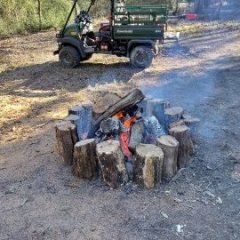Thanks. I've completely disassembled the keyswitch. It is a simple 3 post unit, and all contacts are working.
The newest issue is now that the F and R lights are working, and P-brake indicator turns off when they are on, but when you use the turn signal, no signal lights, but the P, F, and R will blink out with the turn signal. I'm going to go through connections under the seat again, maybe something came loose. It is starting to act more like a grounding issue, but I can't find any chassis grounds on this thing. So frustrating.


